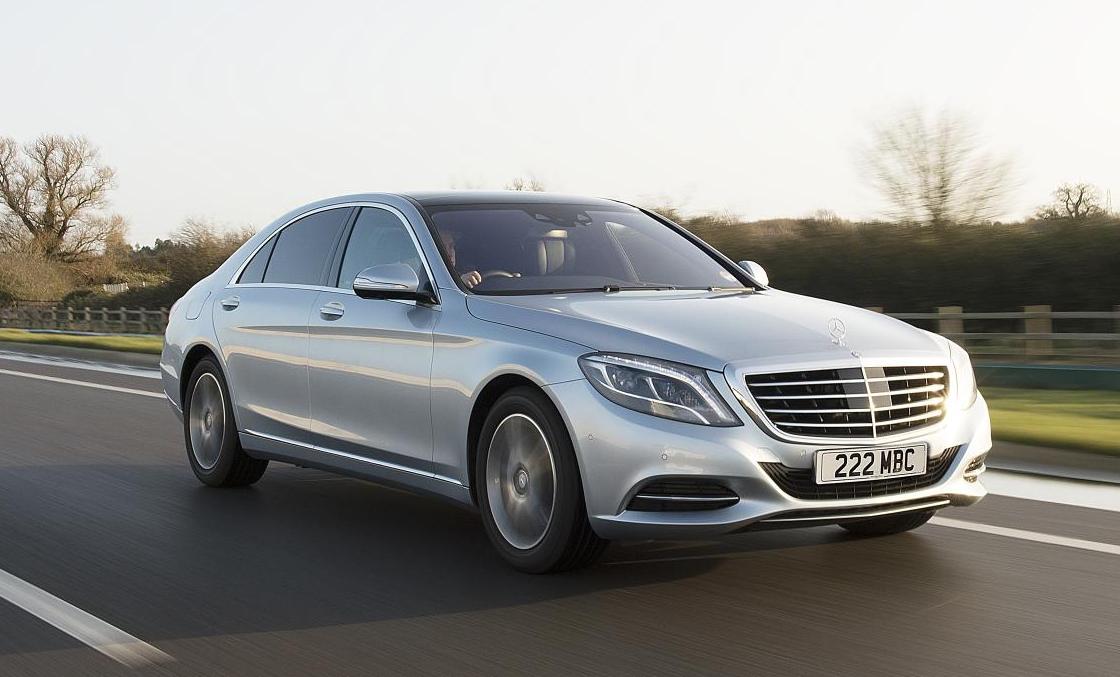So you have thermal imaging camera, but did you know that if you splash out upwards of £60,000 on a Mercedes Benz S-Class you get one thrown in? OK, so it might not be much use if you want to inspect an electrical power distribution switchboard or if you want to measure the heat of pipework and header tanks in a process environment, but it will make a great impression when you visit customers.
First introduced in 2005, Mercedes-Benz’s Night View Assist infrared camera shows the course of the road in a brighter light on the display of the instrument cluster. A camera behind the front windscreen films traffic ahead and relays images to a dashboard display.
Two infrared headlamps to the right and left of the radiator grille have a range practically equivalent to that of standard bi-xenon lamps in high-beam mode but without dazzling oncoming traffic. Their range of up to 160 metres is about twice that of bi-xenon lamps.
They illuminate obstacles well in advance and display them as a brilliant greyscale image. When people are recognised, they are automatically lit up by short pulsing from one of the headlamps to warn both the driver and the person on the road ahead. This flashing function is not used in the case of animals, since their reaction is unpredictable.
Conventional thermal imaging systems do not recognised ‘cold’ obstacles, but with Night View Assist an image on the eight-inch TFT display helps the driver to recognise both ‘warm’ objects, such as people and animals, and ‘cold’ obstacles such as rocks or lost loads, and to take the necessary evasive action.
Two separate LED headlamps shine an invisible and non-dazzling infrared light onto the road. A near-infrared camera designed specifically for this type of light, located in the upper section of the windscreen, together with a thermal imaging camera set into the radiator grille, are able to recognise what is happening in front of the car and activate the system's warning functions.
So, Night View Assist is a great asset for road safety – just don’t go driving your S-Class into a process plant to measure thermal performance. There are cheaper ways of doing that and you can find out more at PASS’s dedicated thermal cameras page.



